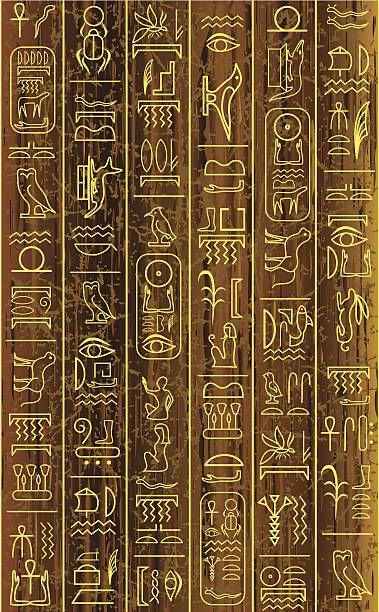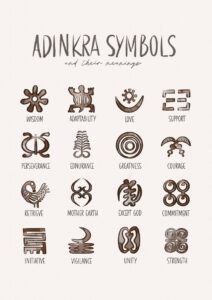
Unveiling the Secrets of Adinkra Symbols:
In the heart of West Africa, Ghanaian culture is a rich tapestry woven with symbolism, mythology, and tradition. One of the most fascinating aspects of Ghanaian heritage is the Adinkra symbol system, which has been a cornerstone of Akan culture for centuries. These intricate symbols are more than just visually striking; they hold profound meanings that reflect the values, philosophies, and history of the Ghanaian people.
Origins and Significance
Adinkra symbols originated among the Akan people of Ghana and the Ivory Coast. The word “Adinkra” is derived from the Twi language, meaning “farewell” or “goodbye.” According to legend, Adinkra symbols were created by the Akan king, Nana Kofi Adinkra, who used them to convey messages to his people. Over time, these symbols evolved into a complex system of communication, used in various aspects of Ghanaian life, including art, textiles, and even architecture.
Symbolism and Interpretation
Adinkra symbols are characterized by their geometric patterns, abstract designs, and use of natural motifs. Each symbol has a unique meaning, often drawn from Ghanaian proverbs, myths, and historical events. Some common Adinkra symbols include:
Gye Nyame: Meaning “only God,” this symbol represents the omnipotence of the divine.
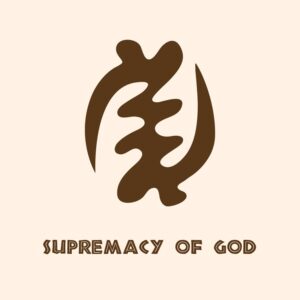
Sankofa: Depicting a bird looking backward, Sankofa symbolizes the importance of learning from the past.
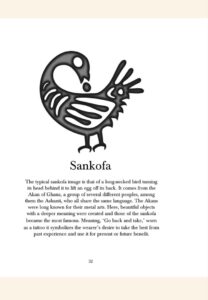
Akoma: Meaning “heart,” Akoma represents love, kindness, and compassion.
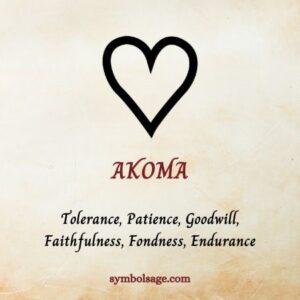
Bese Saka: Representing a corn stalk, Bese Saka symbolizes abundance, prosperity, and good fortune.
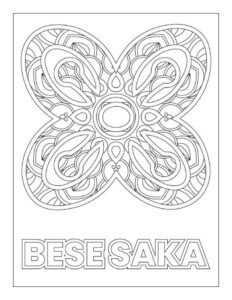
Duafe: Meaning “wooden comb,” Duafe represents beauty, cleanliness, and hygiene.
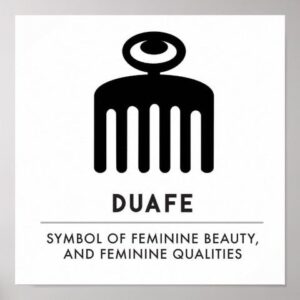
Cultural Significance and Modern Applications
Adinkra symbols play a vital role in Ghanaian culture, serving as a visual language that transcends verbal communication. They are used in various contexts, including:
Textiles: Adinkra symbols are printed on traditional fabrics, such as kente cloth, which is worn on special occasions.
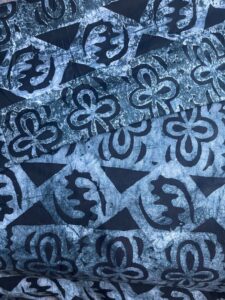
Art: Ghanaian artists incorporate Adinkra symbols into their work, creating stunning pieces that reflect the country’s rich heritage.
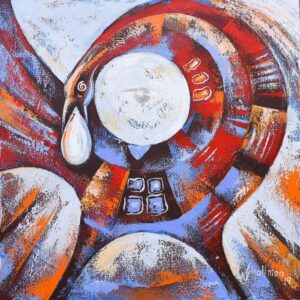
Architecture: Adinkra symbols are used in traditional Ghanaian architecture, adorning buildings and monuments with meaningful designs.
In modern times, Adinkra symbols have gained popularity worldwide, inspiring designers, artists, and cultural enthusiasts. They have been incorporated into fashion, graphic design, and even digital media, serving as a symbol of Ghanaian cultural pride and identity.
Conclusion
Adinkra symbols are more than just aesthetically pleasing designs; they hold the secrets of Ghanaian culture, history, and philosophy. By understanding the meanings behind these symbols, we can gain a deeper appreciation for the rich heritage of the Ghanaian people. As we continue to explore and celebrate the diversity of African cultures, Adinkra symbols remain an enduring testament to the power of symbolism and the importance of preserving cultural traditions.

